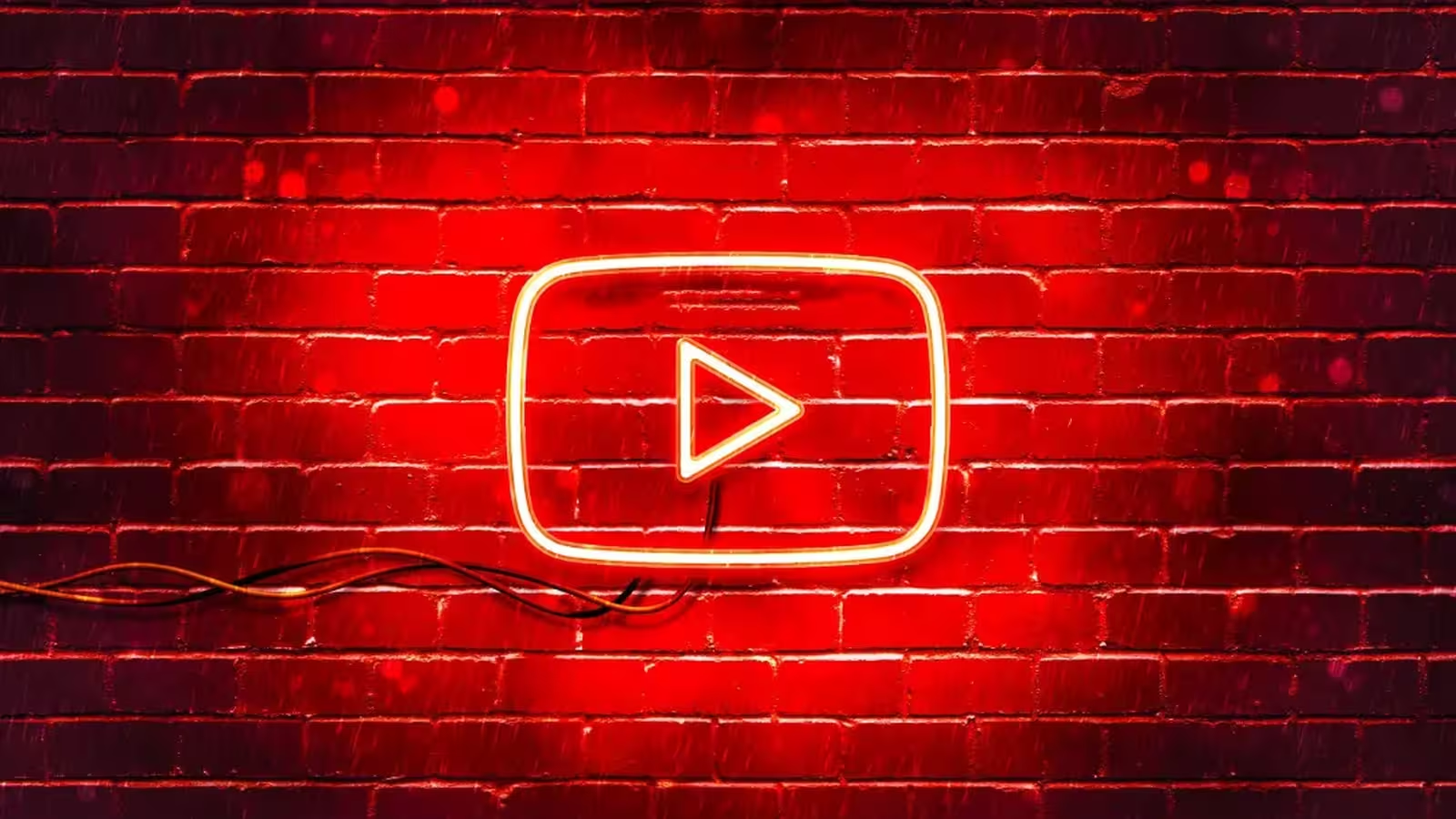3 Minutes
Australia Takes Bold Step to Safeguard Teens from Harmful Online Content
Australia is making global headlines as it becomes the first country to enforce a nationwide ban on YouTube accounts for users under 16, a significant move in the ongoing debate over youth digital safety and social media regulation.
The Road to the Ban: From Local Concern to National Legislation
This landmark legislation traces its roots to the concerns outlined in Jonathan Haidt’s influential book, The Anxious Generation, which highlights the growing mental health crisis among young people, partially driven by the sharp rise in smartphone use and constant engagement with digital platforms. Inspired by mounting public anxiety and scientific data, particularly within educational and parental circles, South Australia first floated the idea of restricting social media access for minors—an idea that rapidly gained traction and became a national movement.
Originally, YouTube was not part of the proposed restrictions, primarily because it is widely used in educational settings. However, this changed following a comprehensive review by Australia’s eSafety Commission. Research revealed that 37% of Australian minors had encountered harmful or distressing content on YouTube—more than on any other major platform.
What the New Law Means: Features, Comparisons, and Exceptions
The new law, scheduled to take full effect by December 2025, prohibits anyone under 16 from creating YouTube accounts, alongside similar restrictions on Instagram, TikTok, and Snapchat. However, the ban carves out exceptions for parents and educators, allowing supervised viewing of videos in classroom or family contexts.
Proponents argue that the move is necessary given YouTube’s algorithm-driven recommendations, vast comment sections, and interactive features, which many say make it functionally equivalent to other social media apps when it comes to influencing youth.
YouTube’s Response: Debating Platform Identity
Google, through its subsidiary YouTube, has strongly objected to its inclusion in the ban. The company maintains YouTube is a video-sharing and content-hosting platform, distinct from traditional social media networks that center on direct peer interaction. As a YouTube spokesperson explained in a July 2025 statement, the platform is increasingly consumed on smart TVs for educational and entertainment purposes, and offers a large library of free, high-quality videos.
Yet, critics argue that features such as comment threads, recommendations, and channel subscriptions foster social dynamics akin to those found on TikTok, Instagram, and Snapchat.
Implications for the Tech Industry and the Market
This move has reignited tensions between the Australian government and technology giants over where to draw the line between content moderation and freedom of access. YouTube has reportedly considered legal action against the new law, though communications minister Anika Wells publicly dismissed the threat, reiterating that children’s safety remains the government’s top priority.
The ban places Australia at the forefront of global debates around tech regulation, youth mental health, and the evolving role of big tech in society. It may set a precedent for other nations, prompting wider conversations about digital citizenship, responsible innovation, and the long-term impacts of emerging technologies on the next generation.
Advantages and Market Relevance
By enacting these restrictions, Australia is testing the balance between digital access and safeguarding mental well-being. The shift could encourage tech companies to further innovate in parental controls, child-safe content filters, and more transparent algorithmic design.
As other countries watch closely, the effectiveness and repercussions of this policy will become a touchstone in the ongoing evolution of global digital policy and child online protection.
Source: phonearena



Comments